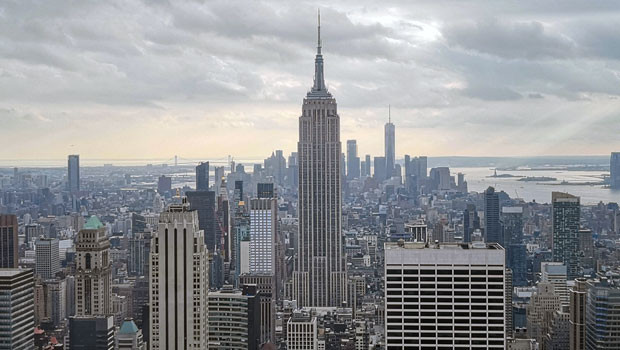'Empire State' manufacturing index plunges in August

The Federal Reserve Bank of New York's regional manufacturing index surprised economists, registering its second-largest ever monthly fall - larger even than that in March 2020.
The headline index fell from a reading of 11.1 for July to -31.3 (consensus: 5.0).
In parallel, the sub-index linked to new orders fell from 6.2 to -29.6 and that for shipments from 25.3 to -24.1.
Another sub-index tracking the prices paid by firms also weakened, albeit by substantially less, from 64.3 to 55.5 and that for the number of employees at companies from 18.0 to 7.4.
Ian Shepherdson, chief economist at Pantheon Macroeconomics, credited the recent fall in oil prices for the drop in the former and said the overall report was "startlingly terrible, but scarcely believable".
He further pointed out how the supply-chain measures contained in the survey, which are those for unfilled orders and order backlogs, were now back to their pre-Covid levels.
"[...] It would be a collapse if it is sustained and replicated in other surveys; as always, remember that the Empire State is a small regional survey and it is not definitive evidence of anything," Shepherdson explained.
"[...] We're now very curious about the other regional reports for August, due over the next few weeks. Our bet is that none of them will be as startlingly terrible as this one."
The New York Fed's responsibility is for the Second District of the Federal Reserve System, encompassing New York State, the 12 northern counties of New Jersey, Fairfield County in Connecticut, Puerto Rico, and the US Virgin Islands.
Oren Klachkin, lead US economist at Oxford Economics, appeared to concur, telling clients: "Today's downbeat news indicates that weakening domestic demand, high inflation, and rising interest rates are constraining the sector's advance.
"However, we would not take too much away from this report as it likely paints an excessively downbeat picture of manufacturing.
"Looking ahead, we look for a soft economic rebound in H2 2022 to keep manufacturing growing in a low gear."